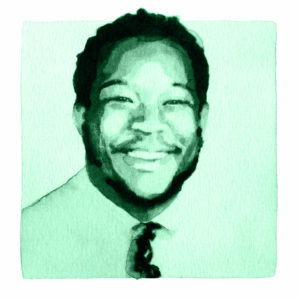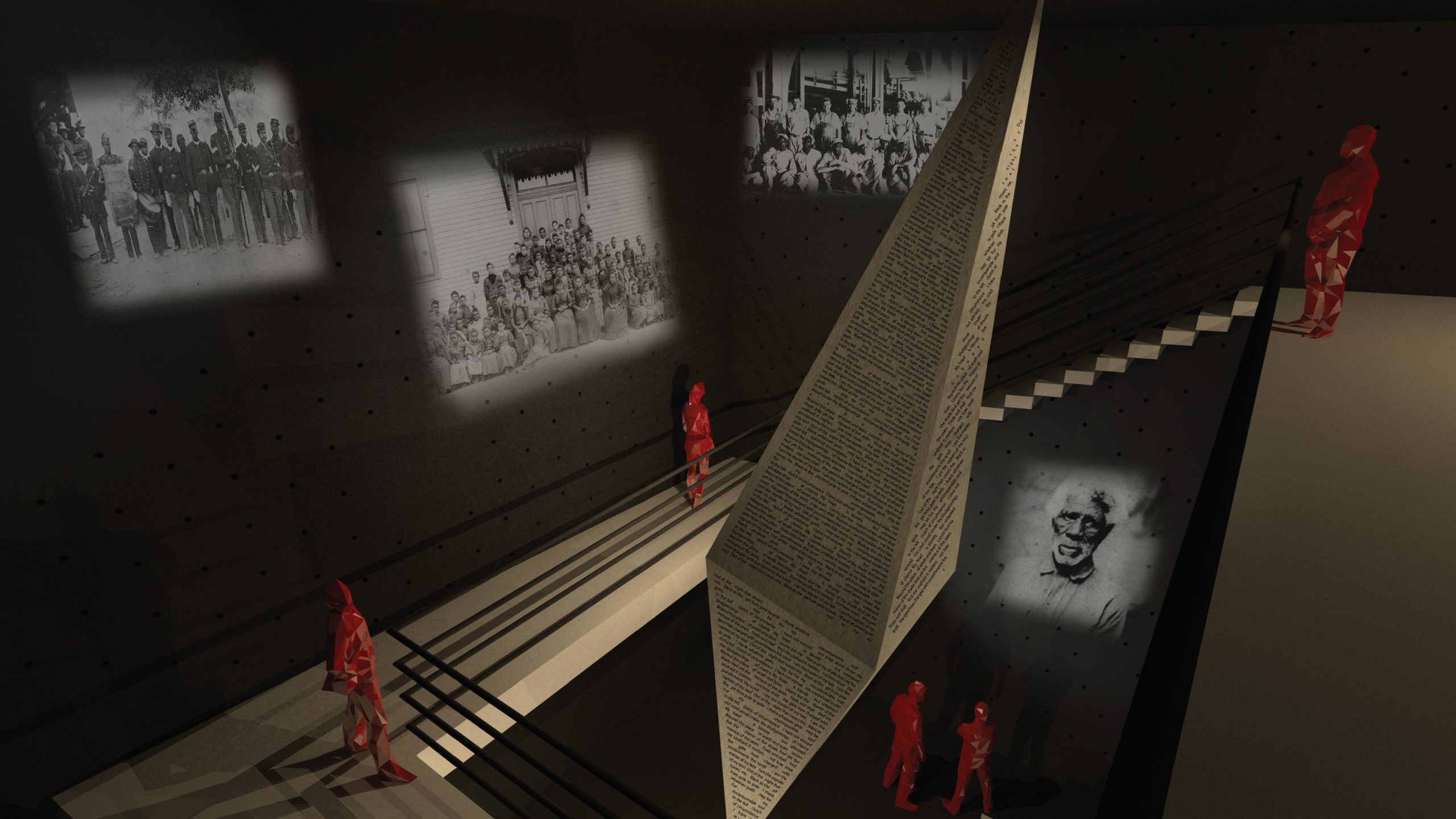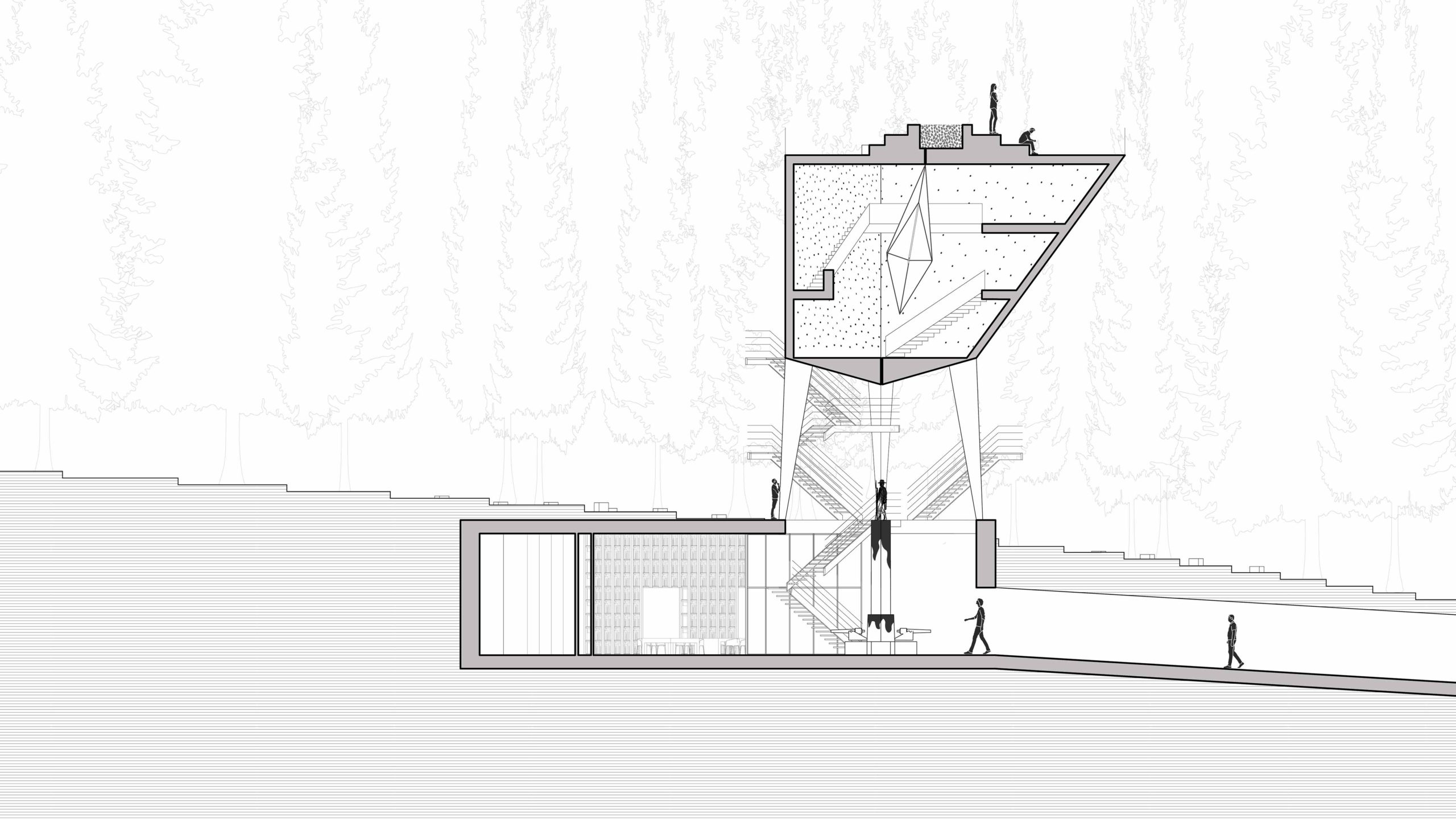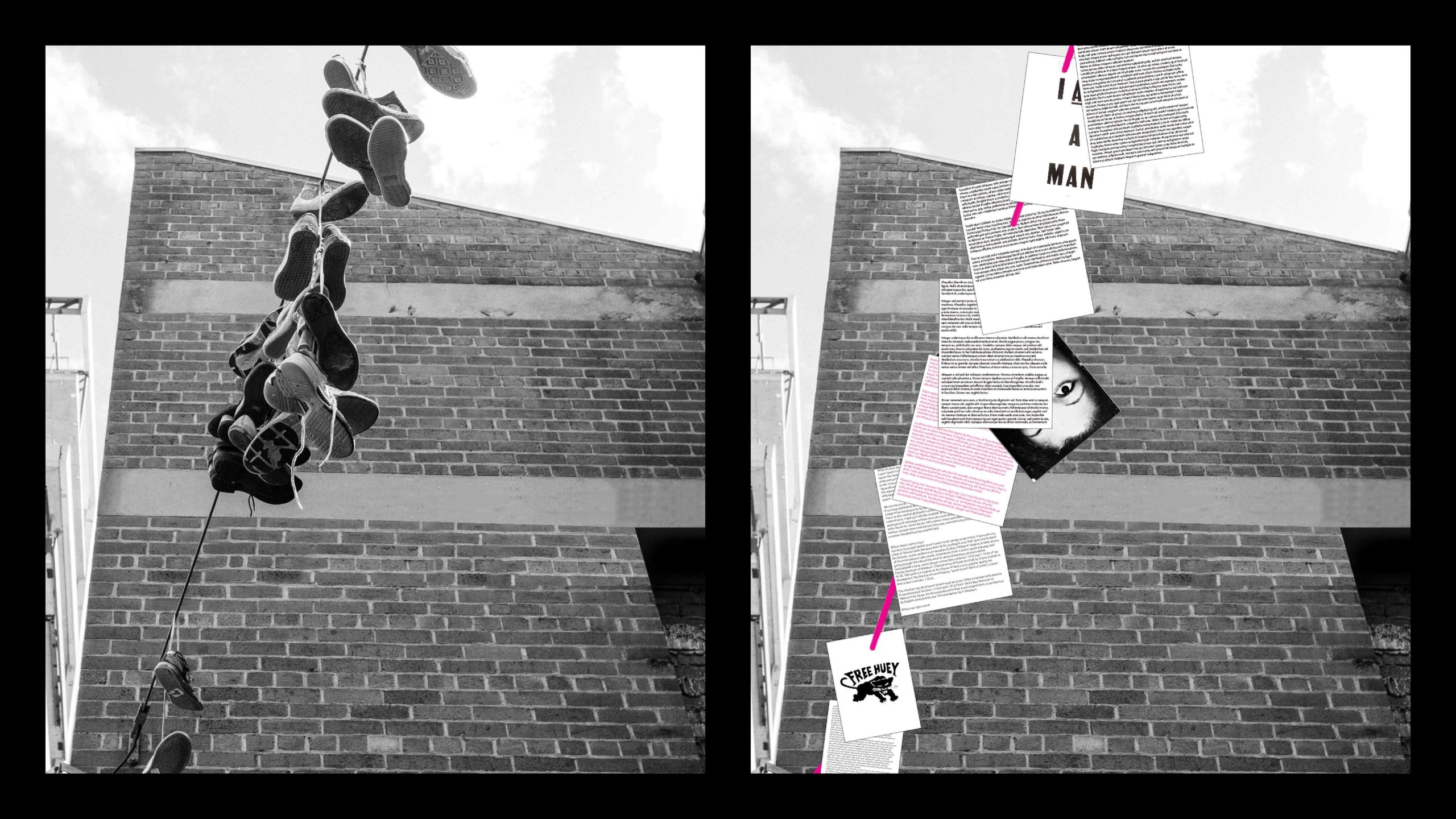
What is it like to be a Master in Architecture II student at the Harvard Graduate School of Design? In this series of candid conversations between students, Tomi Laja (MArch II ’22) speaks with Selwyn Bachus (MArch II ’22) about his decision to attend the GSD, cultivating Black space through design, and post-graduate aspirations.
What were you doing before you came to the GSD?
I graduated from college in May of 2019. And I didn’t know where I wanted to go to grad school, if I wanted to work, or what I was going to do. So I spent a year as an alumni volunteer at my high school in Omaha. I worked at the school for almost 60 hours a week with the robotics club, coaching football, and helping out with extracurricular activities—like keeping the gym open at night so that students would have somewhere to go. I used this experience as an opportunity to develop my own methodology of working with students.
What led to your decision to attend the GSD?
The reason I wanted to begin post-professional education was my desire to teach. As an undergraduate, I didn’t have any professors of color, and I only had one professor who was a female. So I saw a severe lack of representation in my own education, and moving forward I want to play a role in changing that.
A lot of my professors in my undergraduate career came from the GSD, and the GSD has a reputation for producing great teachers who really understand and have a command of pedagogy.

How was your Open House experience—especially since it was virtual?
Open House was interesting, to say the least: I had never taken an online class before starting at the GSD last semester, and the simple thought of a virtual open house and virtual school was terrifying to me. But I appreciated the breaking down of the Open House into a week-long experience, as opposed to a one-day sprint. The multiple avenues of learning about the school throughout the Open House week was really helpful because I was able to talk to a lot of people.
The thing that really solidified my choice to come to the GSD was a student-led virtual event I attended during Open House with other prospective and current students. It was so fun because people were being themselves, listening to music, and having a great time in the zoom chat. The students were really engaged, even in the virtual sphere.
Graduate studies have expanded my own conception of what architecture is, what architecture can be, and what architecture can do. And I think that that’s pretty powerful.
I also remember the excitement from Open House. The students’ talent and passion have been such a big part of my graduate school experience. Was there a specific subject you knew you wanted to study before attending?
Yes—my entire statement for my application essay was about the making of Black space. I poured my soul into expressing my desire to create Black space and to understand what it means to craft those spaces. And it hasn’t changed at all. It’s only been amplified from my studios with Toshiko Mori, Scott Cohen, and Bryan Lee. The Master of Architecture II program gave me the opportunity to craft my own path and decide what I want to do and how I want to go about it. During my first semester, I took Toshiko Mori’s “House of Our Time” module studio and then Preston Scott Cohen’s “Cancel Architecture” for my second module in the first semester. Both allowed me to further my investigation of Black space.

Since your primary goal is to teach after your graduate studies, have you had a teaching assistantship during your first year at the GSD?
Yes—I asked Scott if I could be the TA for “Cancel Architecture.” Because I knew what I wanted to do, it was easy for me to identify the courses I wanted to be involved in. Not only was I able to engage in further defining what Black space is for me, I was also able to gain pedagogical experience. So the GSD has offered me the ability to combine the two.
Do you plan to do a thesis at the end of your master’s degree?
I want my thesis to be in line with what I wrote in my application essay and the conversations I have had in my first semester and a half at the GSD. My project is going to be about creating and fostering Black spaces in the city of Omaha, while highlighting the social, historical, and physical violence enacted upon Black people in the city. One hundred years ago, a black man was lynched for a crime that he did not commit. This past summer, a young man was shot during George Floyd protests. The deaths of these two men are separated by six blocks, on the same street. I would like to work on a thesis that confronts this history and exposes that it is ingrained in the physical fabric of the city and that brings people into direct contact with the history of spatial violence, physical violence, and socio-historic violence.

Have you taken any courses outside of the GSD yet?
I haven’t taken any courses outside of the GSD yet. I’m interested in taking courses at Harvard Divinity School to tie together spirituality, architecture, and Blackness because I feel like they are primordially intertwined.
Do you have a favorite course so far, and if so what did you find interesting or challenging about it?
All of my studios have been so powerful for my own maturation and my thinking. If I have to choose a favorite, I would exclude all the studios since I cannot pick one over the other. So actually my favorite class is one I am taking this semester: Jorge Silvetti’s “Regarding an Archive.”
Rodolfo Machado and Jorge Silvetti are donating their entire archive of works to the GSD. As Silvetti’s final pedagogical exercise and teaching experience, he is offering a course that is a retrospective and a reflection on Machado Silvetti’s work over the decades. It is a deeper reading of their archive, a sort of biography. To have the opportunity to hear the why—why make certain moves in architecture, formally, programmatically, stylistically—from such a revered icon in modern and postmodern contemporary design is eye opening and greatly appreciated.
It’s interesting to witness an architect reflect critically on his career. In the long run, it will be helpful not only for myself, but also for the other students in the course, to have witnessed that sort of reckoning with one’s self in order to define who we want to be moving forward as architects.
How have you grown so far through your graduate studies at the GSD?
As far as personal development, I would say that I’m not the same right now as I was six weeks into the semester or at the beginning of this semester. Graduate studies have expanded my own conception of what architecture is, what architecture can be, and what architecture can do. And I think that that’s pretty powerful.
I think as architects, our strongest trait is our ability to dream. I believe it is our superpower actually, to dream of a better world and of better spaces. My time at the GSD has allowed me to dream, which I am thankful for.
“Students in Dialogue” is a series of candid conversations between students at the Harvard Graduate School of Design.Interviewer Tomi Laja is currently a Master in Architecture II degree candidate at the GSD and Editorial Assistant with Harvard Design Magazine. Her interests include research-based architectural design, exhibition, and writing. Her independent research includes afro-futurist and eco-feminist perspectives as they relate to agency, consciousness, and the built environment.